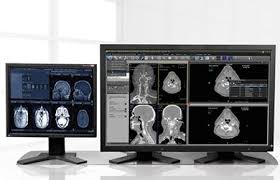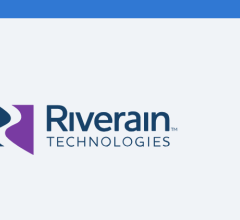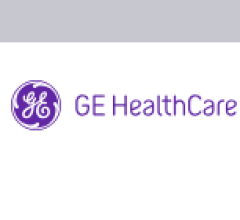
Photo courtesy of GE Healthcare
The vendor neutral archive (VNA) market continues to grow, as does the amount of patient data being collected. However, today’s VNAs go beyond simply storing and distributing images.
According to Market Reports World,[1] the global VNA and picture archive and communications system (PACS) market was estimated at $3.28 billion in 2017. The market is expected to register a compound annual growth rate (CAGR) of 5.9 percent during the forecast period — 2018 to 2023. North America accounted for the largest market share, making up approximately 60 percent of the global market share in 2017, while the Europe region was estimated to register the fastest CAGR through the forecast period of 2018-2023.
The demand for image archiving is rising, but PACS appears to still dominate over VNA, generating most of the revenue from the PACS replacements, according to the report. PACS systems are defined as storing data per the DICOM standard to maintain uniformity, and this internal format for storing data varies from company to company. However, VNA helps in centralized storage and the universalization of the image format. This need continues to grow, making the VNA market one of the fastest growing areas in information technology.
ResearchAndMarkets.com[2] reports that the factors driving the market growth include the increasing demand for the universalization of medical image archiving, reducing data storage costs, high-level integration with the electronic health records (EHR) industry and compatibility of VNA with older data archival systems.
“In today’s healthcare systems, information-based decision making is crucial for delivering quality care and maintaining efficiency in health management,” the report states. “Patient data must be available for effective decision-making. Though the information exists in various systems across numerous healthcare providers, it is not readily available to the clinicians. Hence, the integration of VNA or PACS with the EHR systems is crucial for the clinicians in effective decision-making. With the absence of VNA, large volumes of enterprise patient content are floating around in departmental silos, file systems which would ultimately lead to care decision made with incomplete information.”
The EHR trend began long ago, its growth accelerated by various government initiatives and programs across developed and developing nations. This adoption continues to grow globally, which helps to make content more readily available to clinicians. The report states that the benefits associated with the platform are driving the market.
AI’s Role in VNA
As with most things, AI is playing a role in the future and growth of the VNA market. At the 2019 Radiological Society of North America’s (RSNA) annual meeting, it was apparent from the vastly expanded AI Showcase that AI is a force to reckon with. It is a central point for all the technology to funnel through that facilities are already working with, giving the them one central point to have an HL7 interface to provide a framework for working through a VNA.
There is a convergence of these technologies coming together. ITN Editorial Contributor Greg Freiherr used the following analogy to describe this merger: “They are like snowballs rolling down a hill, gathering momentum while also gathering substance. And, they also are converging,” he said. “They are helping to solve real-world problems.”
For example, GE is taking a very broad strategy to this approach; the company is looking at Centricity PACS, which is its own system, and they are building an open AI orchestrator to run in the background. The idea is to bring in algorithms that are not necessarily their own. GE’s goal is to have more than a dozen next year, which they can integrate and use an orchestrator to keep it running in the background. Although for now this is designed for the PACS, GE says eventually they will broaden this into other PACS and VNAs as well, moving into specific hubs, linking to different machines. This will allow the focus to be specifically on the algorithms that are necessary to run off those machines, without being focused on the machine itself.
References:
1. Market Reports World, Global Vendor Neutral Archive (VNA) & PACS Market - Segmented by Application, Delivery Mode, Usage Model, Player type and Geography - Growth, Trend and Forecast (2018 - 2023), www.marketreportsworld.com/global-vendor-neutral-archive-vna-pacs-market-12343552. Accessed Jan. 13, 2020.
2. ResearchAndMarkets.com, Vendor Neutral Archive (VNA) and PACS - Market Analysis, Trends, and Forecasts, https://www.researchandmarkets.com/reports/4806437/vendor-neutral-archive-vna-and-pacs-market#pos-1. Accessed Jan. 13, 2020.


 May 16, 2025
May 16, 2025 








